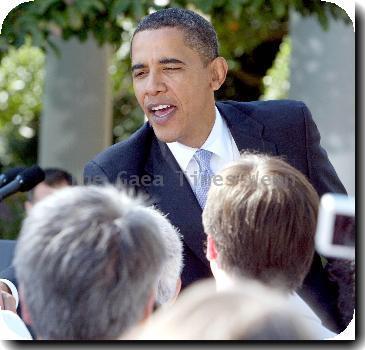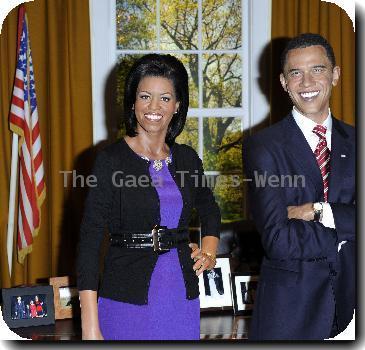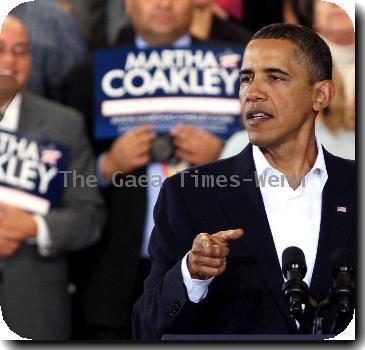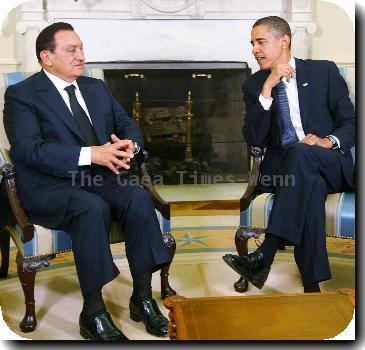NASA: Money key to keeping space shuttles flying longer, more missions technically feasible
By Marcia Dunn, APTuesday, March 9, 2010
NASA: Money key to more space shuttle flights
CAPE CANAVERAL, Fla. — With space shuttle retirement just months away, a senior NASA manager said Tuesday it wouldn’t be hard to add more flights, provided the nation is willing to keep paying $200 million a month.
NASA’s three shuttles are scheduled to retire in September, after four more trips to the International Space Station. Some in Congress, however, are pushing for additional missions to fill the gap between the end of the shuttle program and the nation’s next manned spaceship, whatever and whenever that might be.
Last month, President Barack Obama killed NASA’s Constellation program, which would have created a shuttle successor to ferry astronauts to the space station, and ultimately to the moon. Instead, Obama has directed NASA to turn to commercial companies for getting astronauts to orbit and, instead, focus on deep-space exploration.
Money is the key to keeping the shuttles flying, said program manager John Shannon.
“The shuttle program is fairly expensive. We burn at about a $200 million-a-month rate. So that gives you a base of about $2.4 billion per year … almost irregardless of how many flights,” Shannon told reporters.
He added: “Where that money comes from is the big question.”
Shannon said NASA already has an extra fuel tank and pair of boosters, which are set aside for a potential rescue mission for the last shuttle crew. Assuming no rescue is needed, that set could be used for one additional flight to haul up supplies and spare parts to the space station, already 11 years old with another 10 years ahead.
The shuttle is the biggest space station supplier by far. In fact, some of the big-ticket pieces of equipment can only fit into a shuttle’s payload bay. As for NASA’s astronauts, they already are hitching rides on Soyuz capsules.
To create even more flights, tank production would have to be restarted, with a lead time of about two years. The only way to avoid such a lengthy gap would be to space out the remaining missions, Shannon said.
As for other shuttle parts, the suppliers are still in business and could start up production again for NASA, he said.
Regarding safety, Shannon said NASA has been recertifying the most critical shuttle parts since 2005, when flights resumed following the Columbia tragedy. The space agency also has met with experts on aging aviation vehicles, like the B-52 bomber.
Until receiving orders to the contrary, NASA is proceeding as if only four flights remain.
Discovery is scheduled to blast off April 5, carrying up spare parts and experiments for the space station. Obama plans to visit Florida midway through the mission — on April 15 — to talk up his space vision.
Another flight is targeted for mid-May.
But the launch set for late July — featuring the Alpha Magnetic Spectrometer, a major science experiment to be installed at the space station — is in jeopardy of falling behind. The particle physics detector is undergoing tests in the Netherlands, and NASA should know in another month whether it’s on track for a summer flight. A significant delay would almost certainly force NASA to keep the shuttles flying beyond September, just to wrap up the missions currently on the books.
On the Net:
NASA: www.nasa.gov/mission_pages/shuttle/main/index.html



